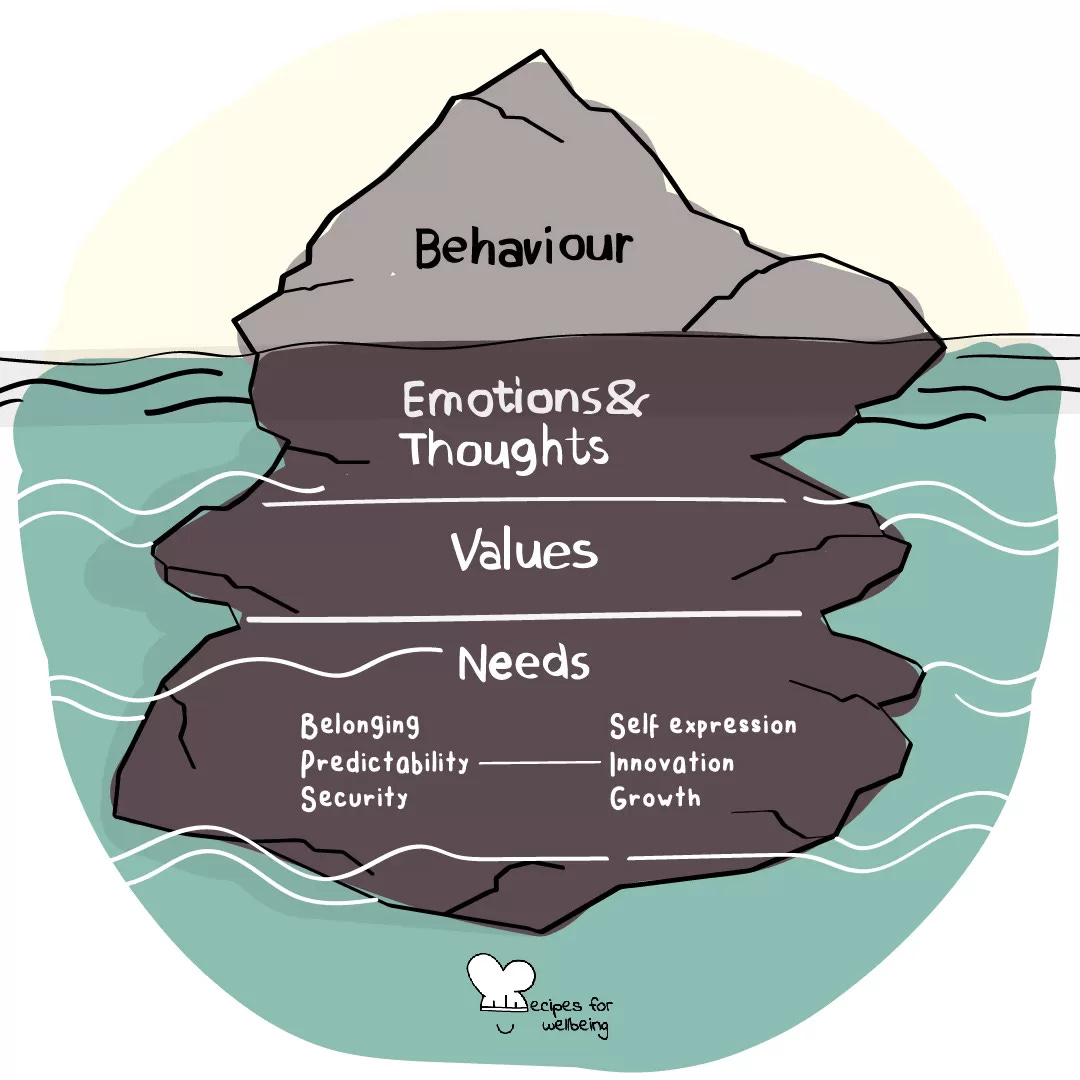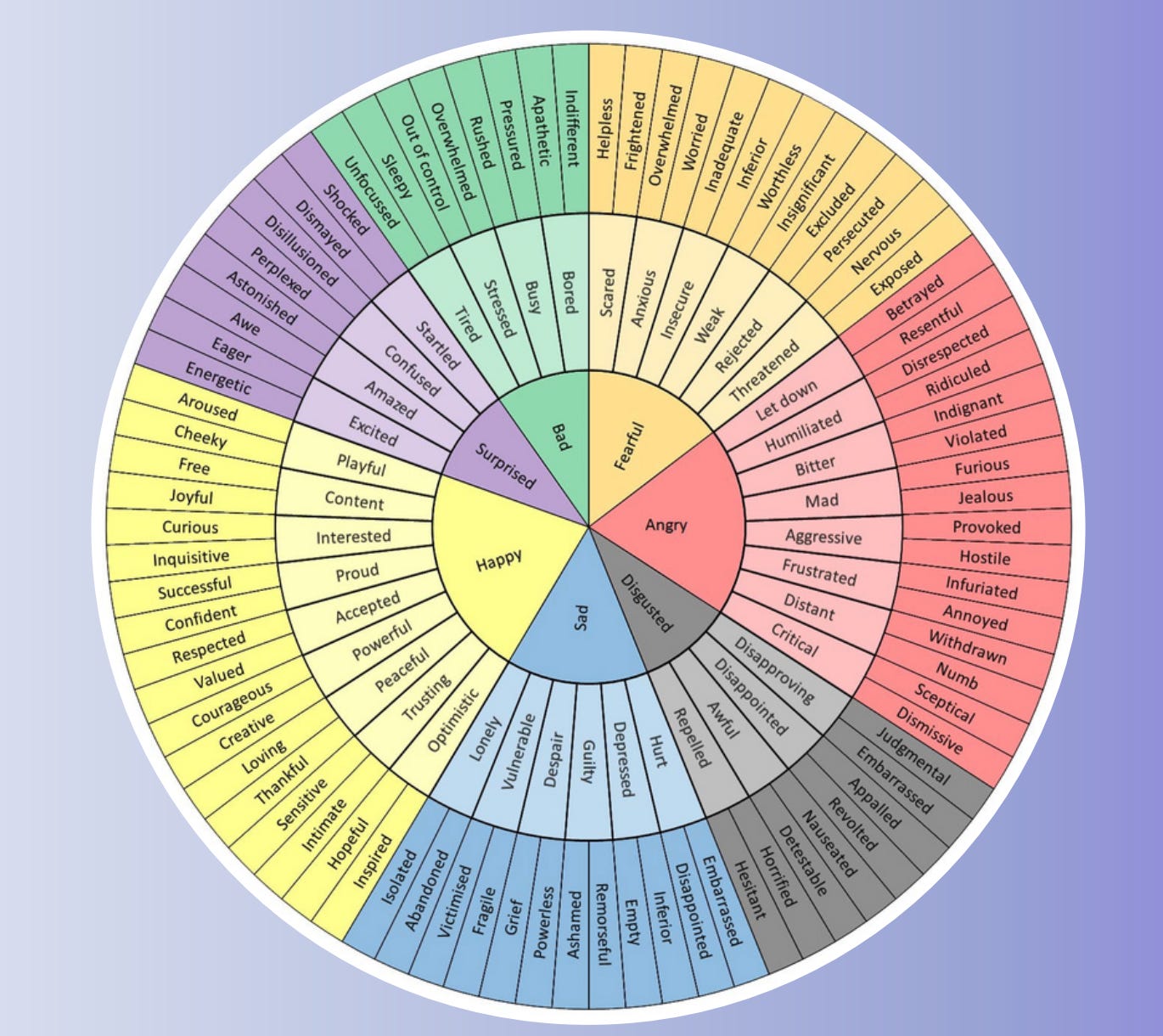Week 4: Neuroscience for when shit hits the fan
This Christmas, offer yourself the gift of curiosity
You’re stuck in an airport with your flight just canceled and no other flights going home for the next 24 hours. A work project that you cared deeply about fell through. You get lost in a new city and arrive in a neighbourhood that looks neither scenic, nor friendly.
These are just three things that happened to me in the past couple of weeks and which got me back to scrolling. I initially picked up the phone to find a solution to my problem (eg: alternative transportation to my destination) then just stayed because it was… soothing? Entertaining? Comforting? I gave myself grace, because shit hits the fan sometimes and we can’t always stay neatly on track with our goals.
As I’m continuing my experiment to become more mindful with the use of media (part 1 and part 2 here) I realise that it’s not enough for me to switch my phone to other modes such as Assistive Access. I need to get to the root of the problem, then figure out better coping strategies for everyday stressors.

I looked to science for a better understanding of the problem. It turns out there is this thing called “the gap between stimulus and response”. Neuroscientist dr. Anne-Laure Le Cunff explains it well in this video from BigThink:
“Whenever we face a trigger… there is a little gap between that trigger and our response, and in that gap lies the freedom to make a choice. Are we going to go for the automatic response… or are we going to pause and ask ourselves, how do I want to respond?”
This is in line with another technique I read about before, it’s called “Name it to tame it” and it was coined by dr. Daniel Siegel of UCLA. In short, he says that if we are able to label the emotion we’re feeling in the moment, then we can get our brain, more specifically our prefrontal cortex, to get from autopilot to the driver’s seat again, and make better decisions in the moment. Spoiler alert: bad feelings are more difficult to label proceeds to doom scroll

What did I feel when I was stuck in the airport with no way of getting back home to Amsterdam? I was perplexed, with a side of worry and notes of fear. When the airline offered to rebook me on a flight that was scheduled a few days later, I was disappointed and frustrated. But far from taking a breath and acknowledging what I felt, I picked up my phone and looked at some fresh Instagram reels of Golden Retriever puppies going to the lake for the first time. Cute! And at the same time strangely unhelpful. Then I went to CNN and proceeded to read the headlines about the NATO Summit in The Hague and about heatwaves in Spain. Then went on a “side quest” to an article about taxing the ultra rich. The experience became less cute and less helpful with each click.
What dr. Le Cunff said that also resonated with me is how every negative trigger (eg: hearing that the flight is canceled) is actually an opportunity to run a small experiment and be curious about ourselves. For instance, “I might breathe for 30 seconds and see how I feel”. The more we notice what is going on with curiosity, rather than judgement, the more resilience we build for ourselves over time. 30 seconds might not seem like a lot, but it’s enough to react. 30 seconds is also enough to observe and respond.
This is something I still need to wrap my head around. You’re telling me that the antidote to stress is not in fact seeking relaxation, but practicing curiosity?
I’m listening.


